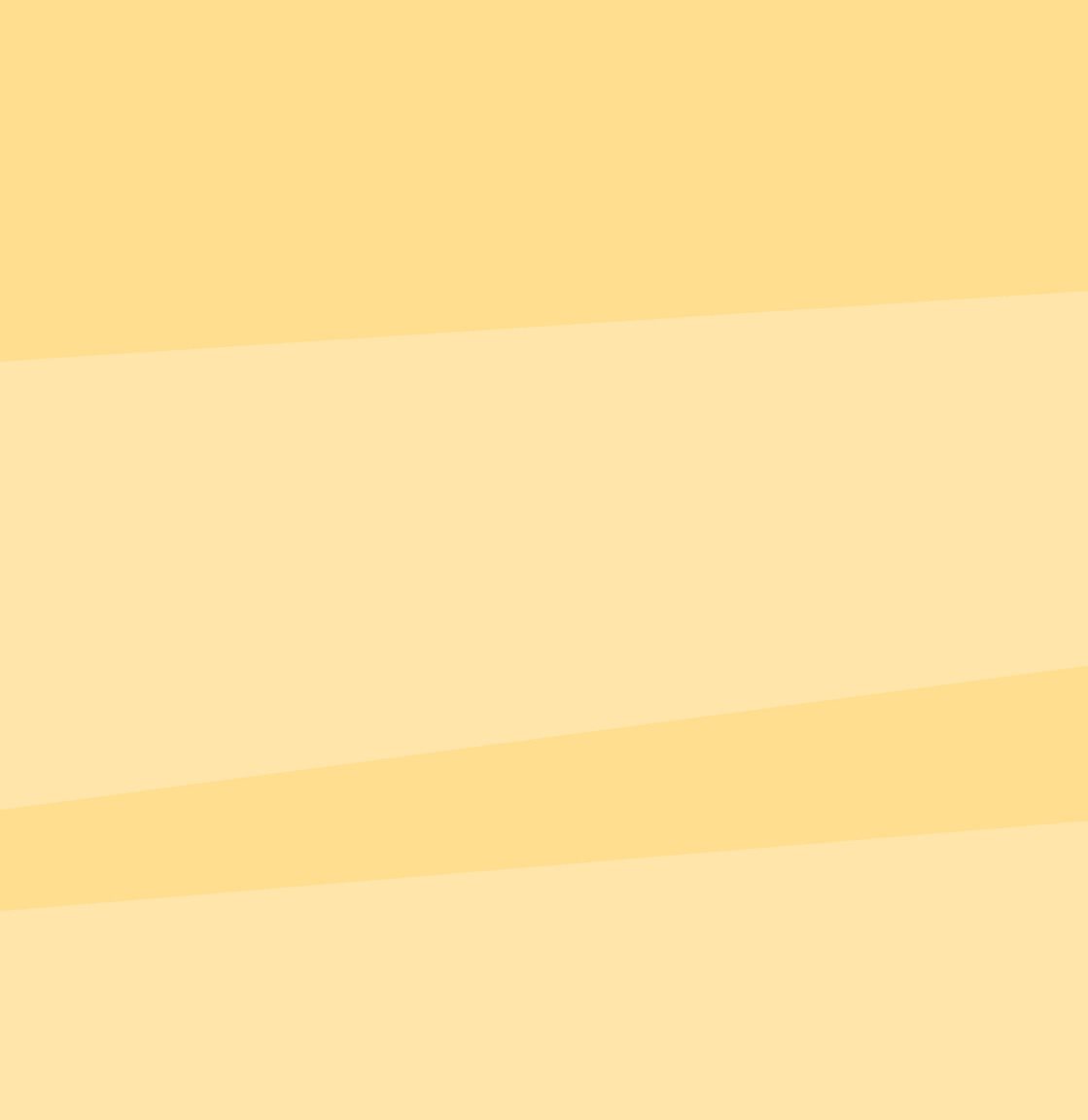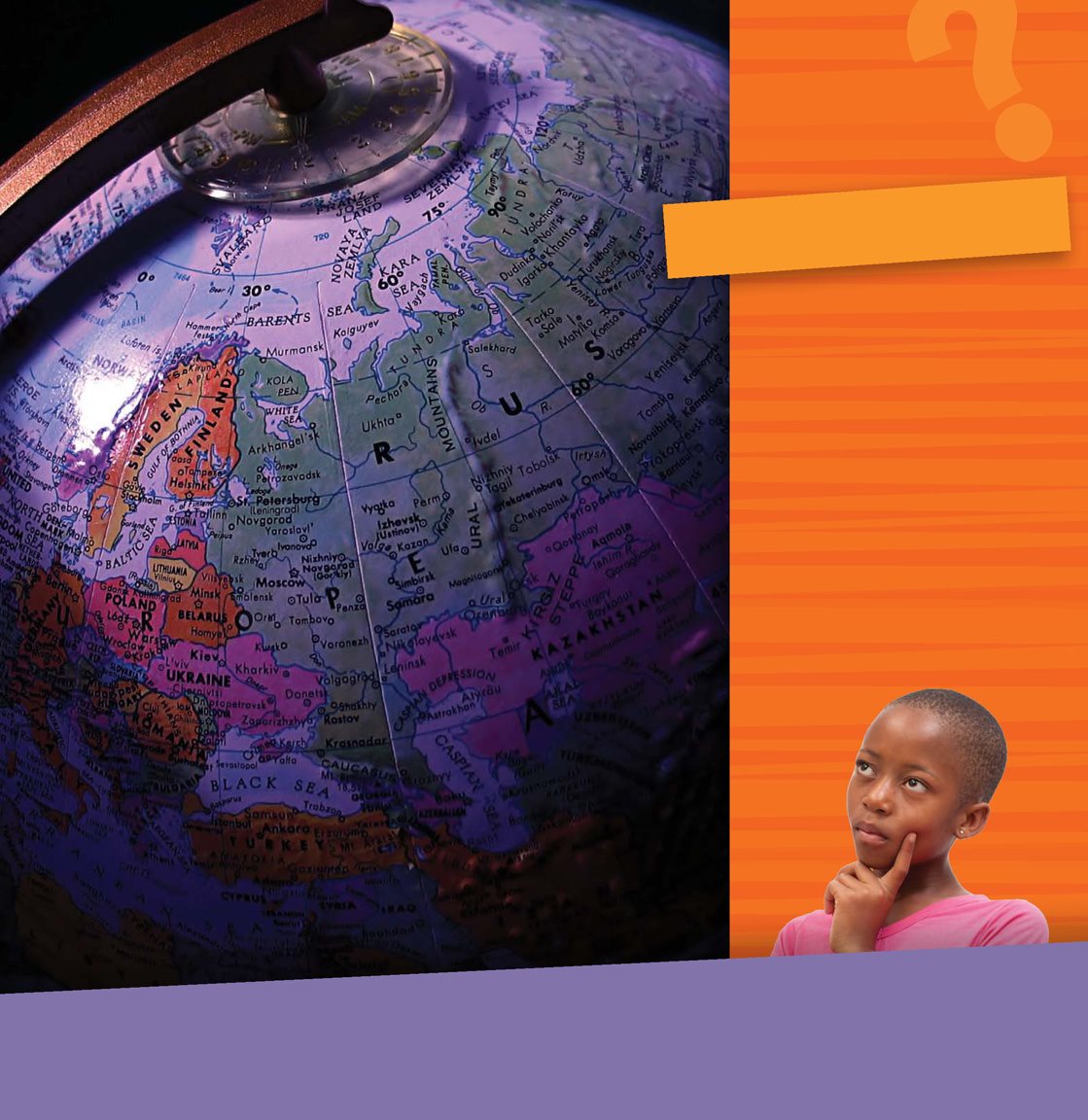Table of Contents
Guide
Published in the United States of America by Cherry Lake Publishing
Ann Arbor, Michigan
www.cherrylakepublishing.com
Content Adviser: Jack Williams, science writer specializing in weather
Reading Adviser: Marla Conn, ReadAbility, Inc.
Photo Credits: Pete Pahham/ Shutterstock Images, cover, 1, 5; Dalton Dingelstad/ Shutterstock
Images, cover, 1, 15; Digital Media Pro/ Shutterstock Images, cover, 1, 11; slhy/ Shutterstock Images,
cover, 1, 9; Alexander Ishchenko/ Shutterstock Images, cover, 1, 7; pixelparticle/ Shutterstock Images,
cover, 1, 19; michaeljung/ Shutterstock Images, back cover; ARZTSAMUI/Shutterstock Images, 5;
siloto/Shutterstock Images, 7; Johanna Goodyear/Shutterstock Images, 11; Toa55/Shutterstock
Images, 13; Olesya Feketa, Shutterstock Images, 15; Designua/Shutterstock Images, 17; Alhovik/
Shutterstock Images, 21
Copyright 2015 by Cherry Lake Publishing
All rights reserved. No part of this book may be reproduced or utilized in
any form or by any means without written permission from the publisher.
Library of Congress Cataloging-in-Publication Data
Brennan, Linda Crotta, author.
There is day and night / by Linda Crotta Brennan.
pages cm. -- (Tell me why)
Summary: Offers answers to the most compelling questions about the
rotation of the earth. Age-appropriate explanations and appealing photos.
Additional text features and search tools, including a glossary and an
index, help students locate information and learn new words.-- Provided by
publisher.
Audience: K to grade 3.
Includes bibliographical references and index.
ISBN 978-1-63188-007-0 (hardcover) -- ISBN 978-1-63188-050-6 (pbk.) -
ISBN 978-1-63188-093-3 (pdf) -- ISBN 978-1-63188-136-7 (ebook) 1.
Day--Juvenile literature. 2. Earth (Planet)--Rotation--Juvenile literature.
3. Sun--Juvenile literature. I. Title.
QB633.B74 2015
525.35--dc23
ISBN-13 978-1-68444-471-7 (ebook)
2014005709
Cherry Lake Publishing would like to acknowledge the work of The Partnership for 21st Century Skills.
Please visit www.p21.org for more information.
Printed in the United States of America
Corporate Graphics Inc.
Synchred Read-Along Version by:
Triangle Interactive LLC
PO Box 573
Prior Lake, MN 55372
Table of Contents
Getting Dark
Moe set up a racetrack along the sidewalk
in front of his apartment. He put on his
helmet and hopped on his bike. The track
had taken Moe all afternoon to plan.
His dad called him. Its getting dark.
Time to come in!
Moe frowned. It gets dark too early.
Dad walked over and patted his back.
Tomorrow will be another day.
Moe put his bike away. Why do we have
day and night, anyway?
Make a GUESS!
What would
happen to plants
and animals on
Earth if we didnt
have day and
night? Share
your ideas with
a friend or
classmate.
Sunsets often turn the clouds bright colors.
I wish I could stop the sun from setting,
said Moe.
The sun doesnt move, said Dad. The
earth does. He pointed to Moes bike. Your
wheel spins. The earth spins, too.
I dont feel the earth spin, said Moe.
Dad tapped the car. We have to pick up
Mom. Lets do an experiment.
This bike wheel is spinning from a point in the center.
The Earth Spins
Dad drove onto the highway. We are
moving at a steady speed now. Close your
eyes. Moe did.
Do you feel yourself moving? asked
Dad.
No, said Moe.
Dad sped up.
Now I do, said Moe.
Thats because I changed speed, said
Dad. We dont feel the earth spin because it
moves at a steady speed. We, and everything
around us, move with it.
We call this a sunrise, but the sun doesnt actually move.
How does the earth spinning make day
and night? asked Moe.
Dad parked in front of Moms office.
As the earth spins, sometimes we face the
sun, said Dad. Thats when its day.
Sometimes we face away from the sun.
Thats when its night.
Ask Questions!
Do you know why
we say there are
hours in a
day? Hint:
remember that
the earth spins.
You can spin a globe to show how the earth spins.
An Experiment
Mom got in the car. She gave Moe a
kiss. How was your day?
Fine, said Moe. I just wish I had more
time to play outside after school.
The days are getting shorter, said Dad.
How can days get shorter? asked Moe.
Lets find our globe when we get
home, said Mom. Ill show you.
Moe found the globe in his room.
The times of sunrises and sunsets change based
on the time of year.
We live here. In the summer, our part
of the world is tilted toward the sun. This
gives us a longer day and a shorter night,
said Mom.
Dad turned on the flashlight.
Mom circled the globe around the light
from Dads flashlight.
In the winter, our part of the world is
tilted away from the sun. This gives us a
shorter day and a longer night.































